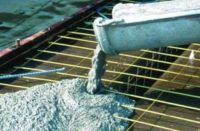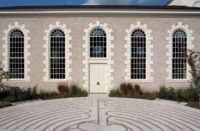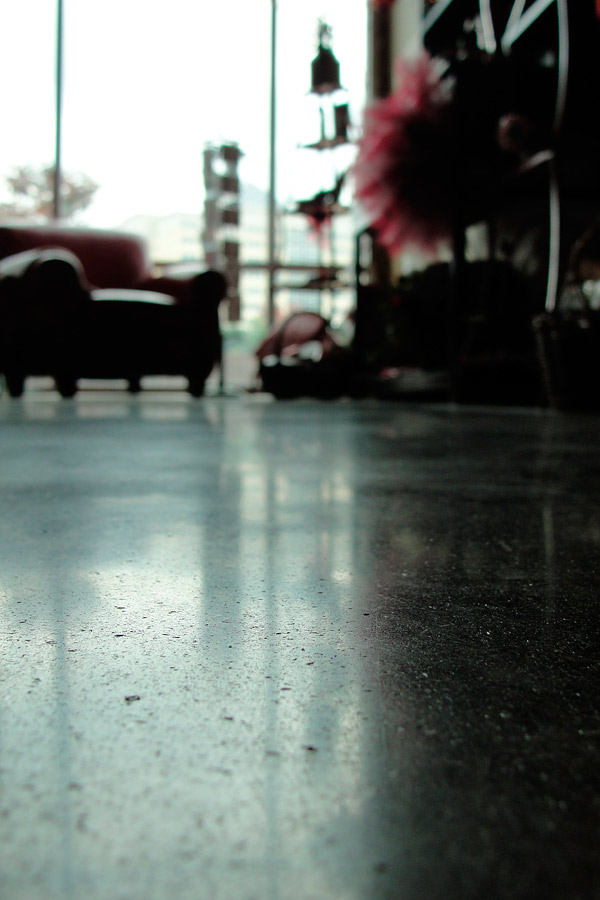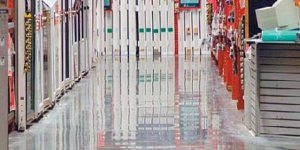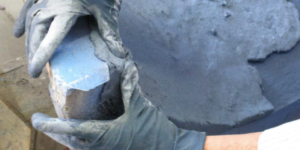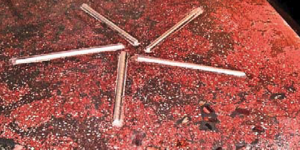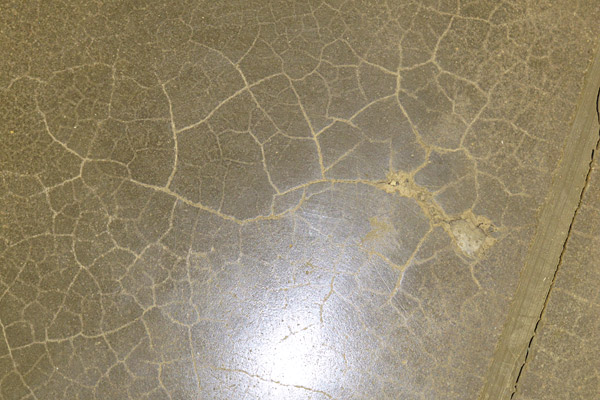
In the first two parts of this series, we discussed concrete finishing and concrete curing. The third topic of our discussion is usually the first one you deal with in a project — the concrete mix design. Ready-mix suppliers create mix designs to meet specification requirements. Some mixes have higher compressive strengths while others may be more liquid to accommodate pumping to an elevated pour. There are endless options when it comes to mix designs.
Mix designs are always a little tricky. As most Concrete Decor readers are not architects or engineers, there is a lot of risk associated with modifying a designed and engineered concrete mix. You don’t want to alter the structural strength of the slab as other, more serious issues can occur if you do. Alterations are best left to the ready-mix supplier, the architect or the structural engineer.
As a contractor, there are a few things you can look for in mix designs that are “red flags.” These issues can be potentially detrimental to the decorative or polished concrete installation.
Determine percentage of fly ash and/or blast slag in the mix
The first item to note is the percentage of fly ash or blast slag that’s in a mix. Sometimes you see both used, and other times it may be one or the other. Both are detrimental to polished concrete; I cannot stress that enough. An all-cement mix will give you a much tighter paste cap that’s easier to polish and will hold up longer. With this being said, there are many situations where an all-cement mix is not what the customer wants. For example, fly ash and/or slag may be preferred when constructing a LEED-certified building, as recycled material adds points toward a LEED point goal.
It’s easy to determine the percentage of these cement substitutions. Take the pounds of fly ash or slag listed in the mix, add them together and then divide that number by the total weight of the mix. The resulting number gives you a total percentage.
For explaining purposes, let’s say you have a mix with 800 pounds of portland cement and 200 pounds of fly ash and/or blast slag. Added together we get a total weight of 1,000 pounds of material. When you divide the 200 pounds by 1,000 pounds you get .20 or 20 percent ash and/or slag.
Other times air voids below the slab’s paste surface will create bubbles which combine to make blisters. These often later break apart with traffic or maintenance.
When you chemically densify a slab, which is an integral part of the polishing process, a chemical reaction occurs with the leftover cementitious material that was unreacted during the concrete-making process. This chemical reaction creates crystals in the slab’s pores that fill in a portion of the open air space in the slab, making the surface harder and denser. The harder surface lasts longer and is easier to maintain.
The higher the ash and/or slag percentage, the lower the amount of material left for the densifier to react with. The maximum ash/slag amount allowed by most densifier manufacturers is 20 percent. If you see a mix design with a higher ratio, it needs to be addressed and modified.
Admixtures are important
Admixtures are also an important piece of the mix design puzzle and are used for multiple reasons. They can accelerate the cure time of the concrete in cold weather, retard the cure time in hot weather and replace water in pumpable mixes to allow them to flow easier. These are the most common but not the only uses for admixtures. It is important to discuss the admixtures with the supplier to see their effect on your decorative process.
Years ago I worked on two school projects in Houston, Texas. Both were being built at the same time by the same general contractor and placed by the same finisher. When it came time to color the floor, well after the concrete was placed, we discovered the admixture would not let dye penetrate the slab. No matter what I tried, I could not get color into the slabs. Densifier also pooled on the surface with no penetration. This obviously created a big issue with my customer and a lot of additional costs and frustration on my part. After doing a lot of research, we found out that the admixture used contained latex. If we had known this early on, it would have saved a lot of time, money and heartache.
Strength is hard to measure
The main testing for concrete mixes is their compressive strength. As long as the concrete is not crumbling apart, the compressive strength really has no relation to or effect on decorative concrete. The polished concrete process relies much more heavily on concrete’s tensile strength, which is the ability to withstand pressure from side to side.
There’s no easy way to measure this strength in a concrete slab. The best way to ensure the slab will produce a good polishable finish is to have a well-graded slab where all the materials fit tightly together. This process can only be achieved during the finishing process.
Do not get caught up in the compressive strength of the mix design. I have had 3,000 psi slabs that were very difficult to grind and polish, and I have had 7,000 psi slabs that were extremely easy to cut into.
Air voids can create havoc
The final thing to consider is the allowable air content in the mix, as air can hugely impact the finished product. Sometimes when the paste layer is removed during polishing, air voids are exposed and create an extremely pitted surface.
Other times, air voids below the slab’s paste surface will create bubbles which combine to make blisters. With traffic or maintenance, the blisters break apart. This leaves a free-floating, delaminated surface that will eventually lead to tripping hazards and maintenance nightmares.
While there’s no way to ensure that absolutely no air is introduced during a slab’s mixing and placement phases, you should note what the mix design allows. I recommend that entrained air be less than 3 percent, as I’ve never seen any project with issues when the air content is that low. This is an easy item to find in the mix design, and it can be easily modified without affecting the overall strength of the mix.
My sage advice: Leave big modifications to others
Be careful about accepting the liability of making major changes to the structural design elements of concrete mixes. The overwhelming majority of concrete mixes can be effectively used for decorative concrete finishes. I recommend you take the items discussed here and provide them as suggestions for modification to allow for a better overall finish specifically for decorative concrete applications. Remember that the concrete placement contractor, general contractor, architect and customer are all looking to achieve the best possible outcome, so your suggestions will more often than not be implemented.
The most important, easily changeable things that will affect the mix design are the fly ash and/or blast slag content, any admixtures and the air content. If these three things are in line, you can be confident that the resulting slab will be something you can work with.

